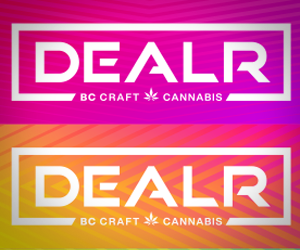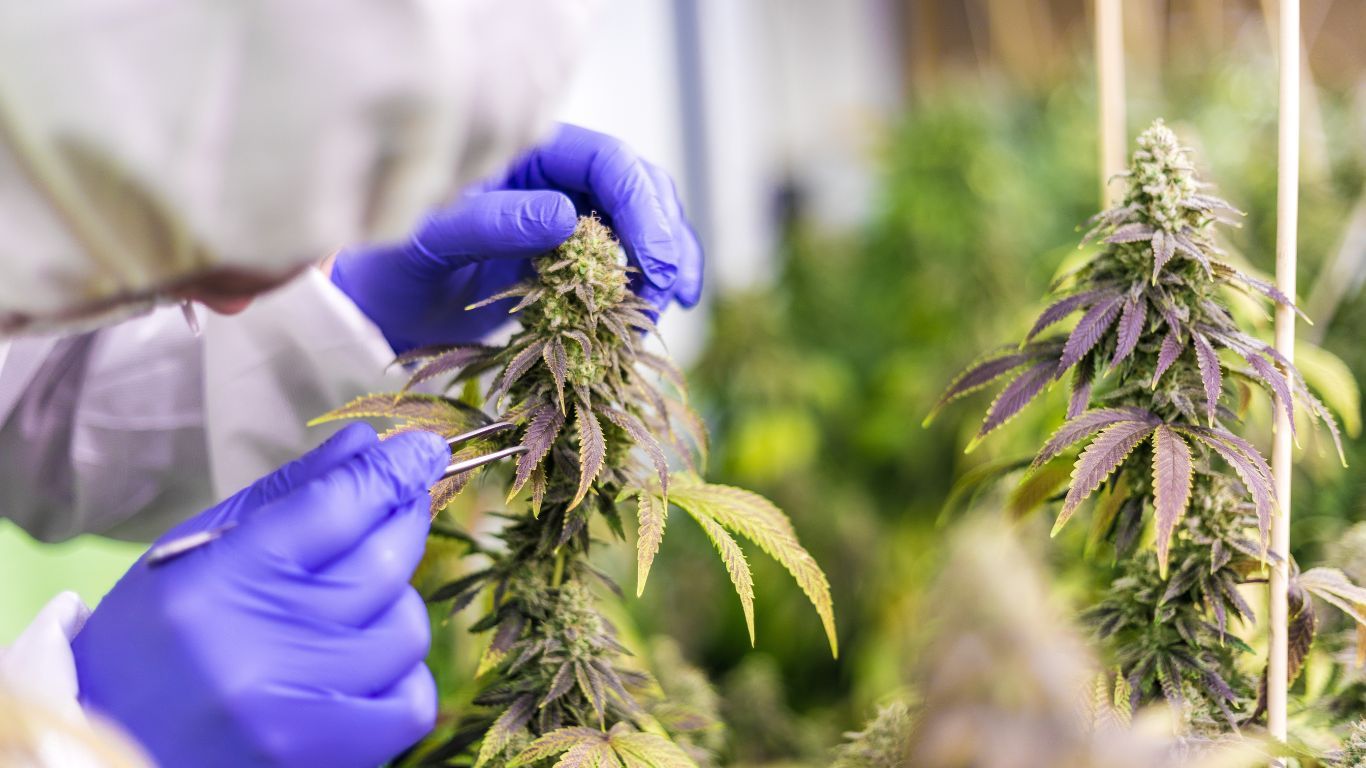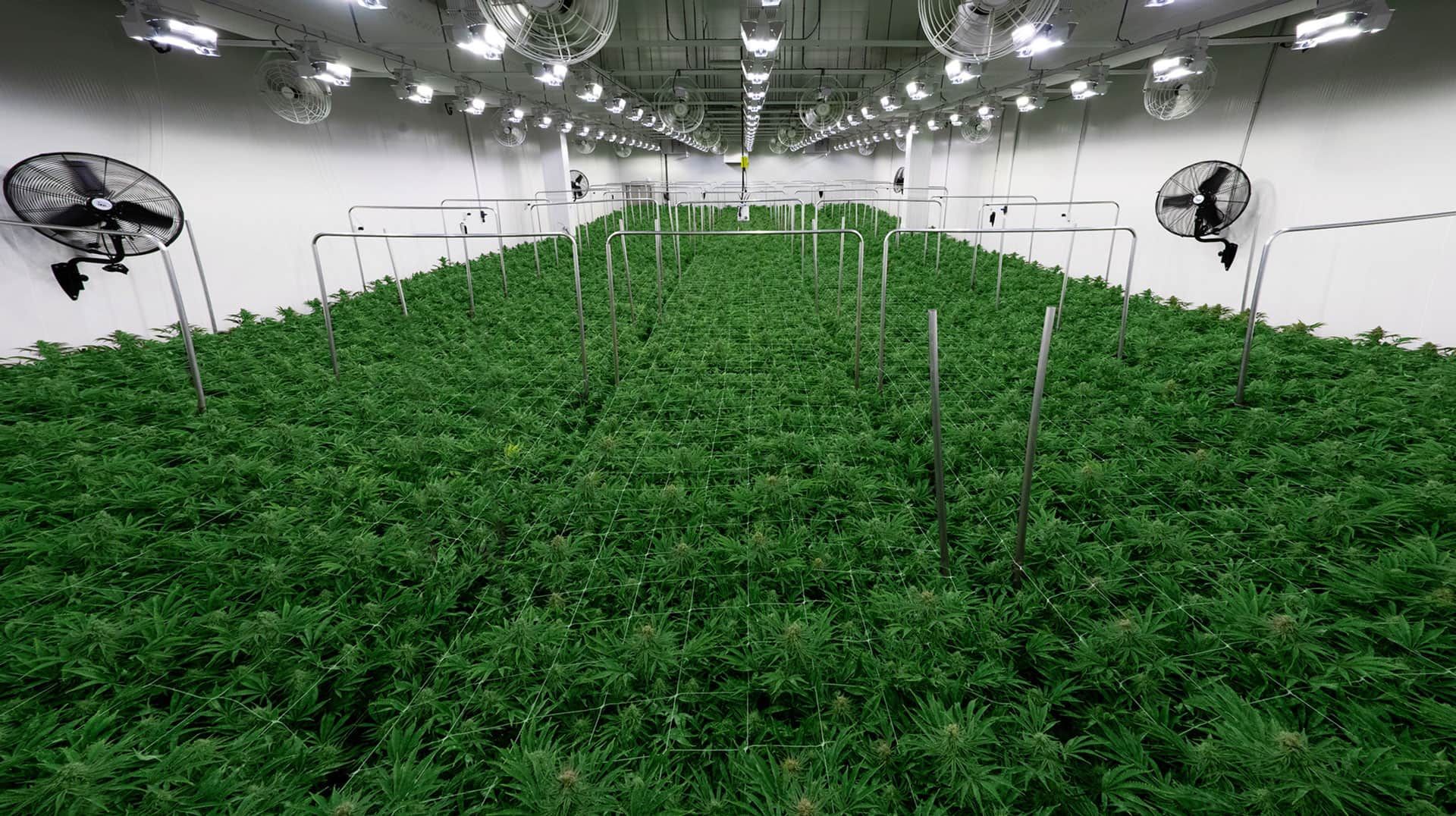
The regulated cannabis market in Canada is growing, creating opportunity for business owners across the country. But it also presents a conundrum of sorts for many First Nations. Do they operate outside of the regulated market, as many feel is their right, or do they embrace the legal system?
“This wasn’t a decision that was made quickly or easily,” says Kirk Dressler, Director of Legal and Corporate Services at Williams Lake First Nation (WLFN), referring to the community’s decision to participate in the regulated market. “We still maintain that First Nations should have greater authority over cannabis retail on First Nations lands.”
We still maintain that First Nations should have greater authority over cannabis retail on First Nations lands.
Kirk Dressler, Williams Lake First Nation (WLFN)
Dressler says that there were a number of reasons for the decision to enter the regulated market.
These included the fact that most unregulated cannabis operations are not supported by banking institutions, which would force WLFN to engage in financial practices that it considered dubious. As well, most insurers weren’t prepared to enter the unregulated pace, and WLFN had concerns about public safety with respect to product quality.
“WLFN law and financial policies require WLFN and its entities to conduct themselves in a manner that is legal and above-board, and this was very difficult in the unregulated space,” says Dressler. “As well, we could not accept that we might put consumers at any level of risk with respect to product quality or safety.”
They’re simply using the aboriginal rights of First Nations to shelter themselves from liability, and to generate profit.
KIRK DRESSLER, WILLIAMS LAKE FIRST NATION (WLFN)
A law outside the law
In the unregulated space, issues related to banking, finance, insurance and product supply require some First Nations to partner with companies who deal with these matters on their behalf. For WLFN, that presented a real problem.
“WLFN’s experience was that many of these companies aren’t reputable,” says Dressler. “They’re simply using the aboriginal rights of First Nations to shelter themselves from liability, and to generate profit.”
Dressler adds that, to make things worse, most of these companies are not reasonably sharing profits or opportunities with the First Nations where they operate.
Among the First Nations with treaty rights, there is an understanding that these rights never included the surrender of title to the land, nor the surrender of their inherent right to self-governance.
Kathy Walker, University of Saskatchewan
The irony is that the questionable and perhaps extra-legal practices become necessary when a First Nation exerts what it believes is its legal right to function outside of the regulated market.
However, many experts believe that the autonomous claim has merit across Canada. This is one reason why Provincial and Federal authorities have been slow to shut down unregulated cannabis stores on First Nations’ land.
“I unequivocally would argue that First Nations do have the right to operate outside of the regulated cannabis market,” says Kathy Walker, a lecturer in political studies at the University of Saskatchewan. “Among the First Nations with treaty rights, there is an understanding that these rights never included the surrender of title to the land, nor the surrender of their inherent right to self-governance.”
Walker adds that those First Nations in BC who didn’t sign treaties can also assert their title right, “including all power and jurisdiction to govern on their lands.”
With that in mind, treaty or no treaty, First Nations have a strong argument that the growing, processing, distributing and selling of cannabis is included in their right to govern. One added complexity, however, is the diversity of the indigenous communities in Canada.
“A one-size-fits-all approach is inappropriate, as it fails to recognize the diversity of the many nations of indigenous peoples across Turtle Island,” says Tony Cappo, VP Business Development at Makwa Innovations, and former chief of Muscowpetung Saulteaux Nation, in Saskatchewan. “For the purposes of indigenous participation, respect of diversity and approaches to market participation would be more consistent not only with the treaties, but also the United Nations Declaration on the Rights of Indigenous Peoples (UNDRIP).
The treaty frameworks that have already been developed – including UNDRIP – can help, but so can recent success stories that represent a pragmatic approach to inter-governmental partnership. The WLFN agreement, which is under Section 119 of BC’s Cannabis Control and Licensing Act, could provide a model.
“We hope that there will be further evolution of these agreements between provincial governments and First Nations – because in all honestly there is a lot more that the provinces can and should be doing through these agreements,” says Dressler from WLFN. “But WLFN’s agreement is a good start, and it shows that there is a means to enter the cannabis space legally, and in a fashion that recognizes WLFN’s status as a government entity.”
Indigenous people have always built successful economies where and when they have had the means of controlling the process, and managing the outcomes.
TONY CAPPO, MAKWA INNOVATIONS
Who benefits?
The arguments around whether a First Nation can – or should – sell cannabis inside or outside of the regulated market often relates to economic development. While many consider the activity outside of the regulated market as a matter of Indigenous rights, and others see it simply as an easier and cheaper way to sell cannabis, some First Nations leaders are clear that they want the industry to benefit their people.
“Indigenous people have always built successful economies where and when they have had the means of controlling the process, and managing the outcomes,” says Cappo from Makwa Innovations. “It is only the recent arrival of colonial politics and oppression that we’ve been forced to the margins of economic opportunity.”
Like other emerging economies, cannabis presents an opportunity to break the hegemony of economic oppression in the rural and on-reserve Indigenous community.
TONY CAPPO, MAKWA INNOVATIONS
Given the economics of the industry, many are arguing that the time is ripe for Indigenous communities to turn a corner, and gain more control over their futures.
“Like other emerging economies, cannabis presents an opportunity to break the hegemony of economic oppression in the rural and on-reserve Indigenous community,” says Cappo. “This is because there’s usually land available to build out infrastructure to participate. More recently, communities have added parcels of economically strategic lands close to urban centres for commercial development.”
But will they then go it alone, or embrace the regulated market? The answer might be a hybrid of the two, wherein a provincial power agrees to a degree of First Nation’s autonomy, and the First Nation itself can have the best of both worlds, with control over its own economic development, and access to financial and other services in the regulated market.
“WLFN has always said that the cannabis industry presents an opportunity to make strides toward economic reconciliation and demonstrate what true government-to-government collaboration can look like,” says Dressler from WLFN. “Hopefully, the WLFN experience will inspire governments to do more, and to provide First Nations with a sense that there is some light at the end of the tunnel.”












